Scientific Shadow Drawing
Scientific Shadow Drawing
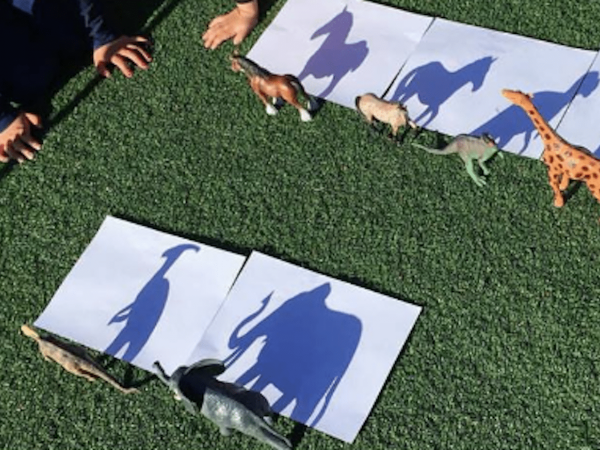
Students explore earth science concepts through observation of shadows and how they change over time, thus observing and recording the sun’s path across the sky as the earth rotates each day.
Students will draw each other’s shadows and compare/contrast the shadow to the actual person. Students will then create a still life collection and draw the shadows of their collection repeatedly every five to seven minutes to capture their shadow data and show evidence of the earth’s rotation as the sun moves across the sky.
Objectives:
- Students will demonstrate contour drawing.
- Students will create a composition using a collection of objects to cast a shadow.
- Students will observe and mark the path of the sun through a shadow drawing activity.
- Students will demonstrate understanding of how shadows change over time.
- Students will discuss how the sun moves across the sky because of the earth’s rotation.
- Students will write a three-to-four sentence statement about their artwork.
Basic Lesson Outline:
- Introduce the project and share slideshow.
- Students will be shown a demonstration of a contour drawing. Students will trace each other’s shadows. Discuss how the shadow differs from the person, how the shadow changes over time and why.
- Students are invited to choose four to five different colored pencils and are reminded to use one color to trace all of the shadows of their still life. Students use a new color for each iteration of shadow drawing. Students begin their own drawing.
- Students will finalize their drawing, add texture and color, and create an artist’s statement.
- Students display their work and artist statement, give feedback and discuss.
Art Supplies:
- drawing boards and clips
- pencils and erasers
- drawing paper
- colored pencils (variety of colors)
Other Resources:
- Example of shadow drawing created by SVMoA staff
- Slideshow to introduce project, related artwork and concepts
- Objects for still life collection (students bring objects in to class)
Idaho State Learning Standards:
Arts and Humanities: Anchor Standard 1: Generate and conceptualize artistic ideas and work.
- VA:Cr2.1.6a: Demonstrate openness in trying new ideas, materials, methods, and approaches in making works of art and design.
Arts and Humanities: Anchor Standard 2: Organize and develop artistic ideas and work.
- VA:Cr2.2.6a: Explain environmental implications of conservation, care, and clean-up of art materials, tools, and equipment.
- VA:Cr2.3.6a: Design or redesign objects, places, or systems that meet the identified needs of diverse users.
Science Goal 2.1: Analyze the spatial organizations of people, places, and environment on the earth’s surface.
Objective(s): By the end of Geography-Western Hemisphere, the student will be able to:
- 6-9.GWH.2.1.1: Explain and use the components of maps, compare different map projections, and explain the appropriate uses for each.
- 6-9.GWH.2.1.2: Apply latitude and longitude to locate places on Earth and describe the uses of technology, such as Global Positioning Systems (GPS) and Geographic Information Systems (GIS).
Academic Language:
- Subject area language: observe, notate/record, evidence, sun’s path/earth’s rotation, perspective, latitude
- Art language: color, line, contour, pattern, repetition, shape, movement, perspective, positive and negative space, composition
Student Use of Vocabulary:
Students will use the words when creating their drawings, when writing about their work, and when discussing their projects.
Student Grouping:
Students will work independently.
Day 1 – Introduction
- Briefly describe the history of sundials, provide examples of sundials and ask:
o How do sundials work?
o What is a contour (or silhouette)? - Introduce contour drawings and look at shadow drawings (art of others) and ask:
o How was this image created?
o Why does the sun move across the sky? - Discuss artistic language and focus on positive/negative space and composition and ask:
o What is a composition?
o Share tips on a successful composition (balance of positive and negative space, one or two large objects with more smaller objects, etc.)
o What objects will you bring in?
o How do you think the shadow will change? - Discuss project goals and expectations.
- Ask students to begin bringing non-fragile items from home to use in their still-life compositions.
Day 2 – Artmaking
- Students will draw each other’s shadows using chalk. They will repeat this exercise as many times as possible and ask:
o How does the drawing differ from the actual person?
o How did the shadow change each time you drew it? - Remind students to bring in non-fragile items to use in their still-life composition.
Day 3 – Artmaking
- Students will use a drawing board (and clips to hold paper down), their still-life objects and colored pencils, head outside as a class and begin the shadow drawing activity.
- In approximately seven minute intervals, have students draw their complete still-life composition outline. Instruct students to choose a new color for each iteration.
Day 4 – Artmaking
- To increase visual interest, students will finalize their drawings and add texture and pattern with colored pencils to areas where they notice overlap.
- If time allows, students will title their work and begin writing their artist’s statement.
Day 5 – Presentations
- Students will finalize artist statement paragraph.
- Students will display their artwork and artist statement and participate in a gallery walk where they will observe each other’s works and give feedback to at least two of their peer’s work. Class discusses what they observed in their peer’s work.
- What is a sundial?
o How does a sundial work?
o Why does the sun move across the sky? - Share different sundials around the world over time/history of sundials
- How Artists use shadows
o Share the work of various artists who incorporate shadows into their work - Show shadow drawings
o Share samples of other child art made with shadows - Positive and Negative Space
o Ask students what each is and provide explanations as needed
o Share shadow drawings that use positive and negative space differently and ask students to identify which they find more visually interesting - What is composition?
o Explain what composition is to students and how artists choose every aspect that they incorporate into their artwork
o Share examples of shadow art and talk with students about which compositions they find more interesting and what kinds of shapes they will want to include in their still-life collections. - Art Goals
- Education Goals
- Artist statement question prompts to help students write their own artist statement
- Resources
- What objects did you include in your composition?
- Why did you choose those objects?
- What was your strategy when grouping your objects to create an interesting composition?
- How did your shadows change? Why?
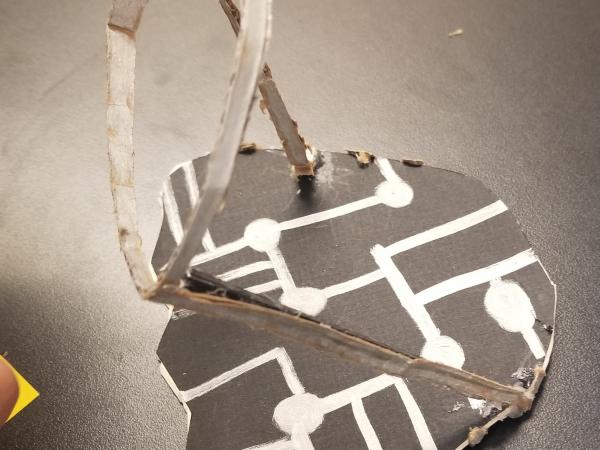
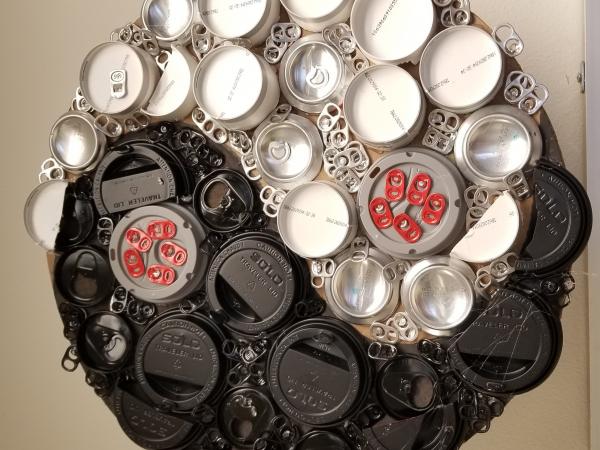
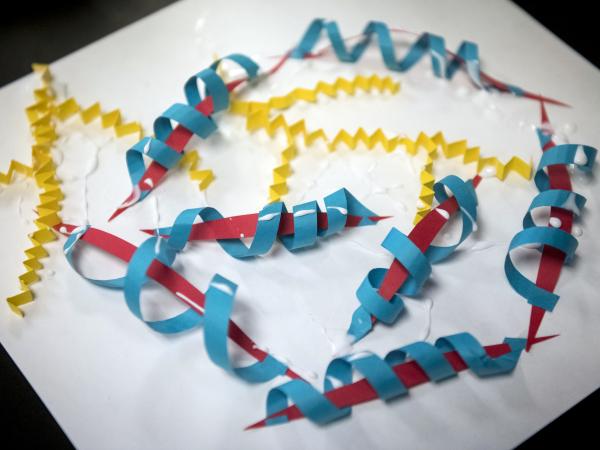
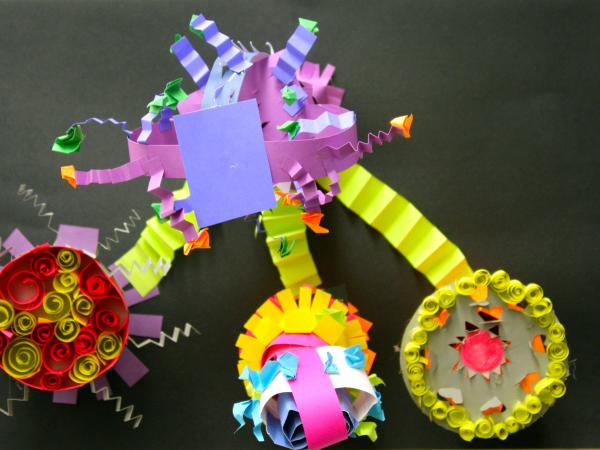



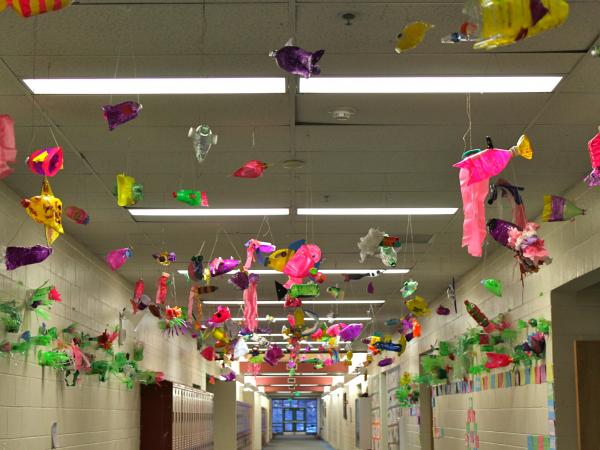


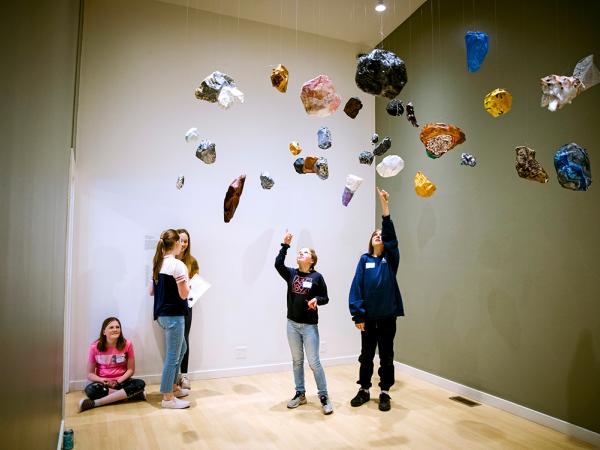
0 comments
Leave a Comment